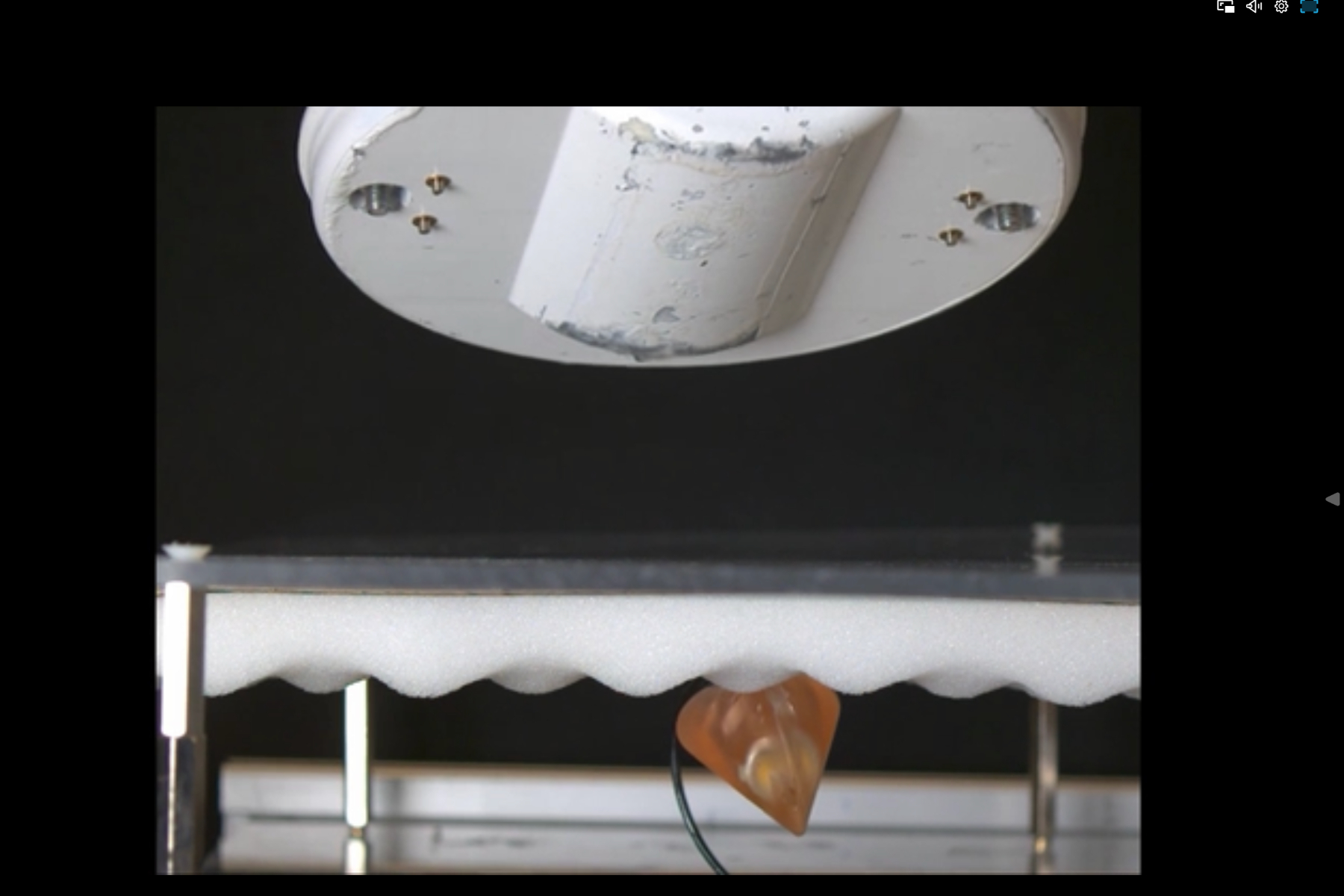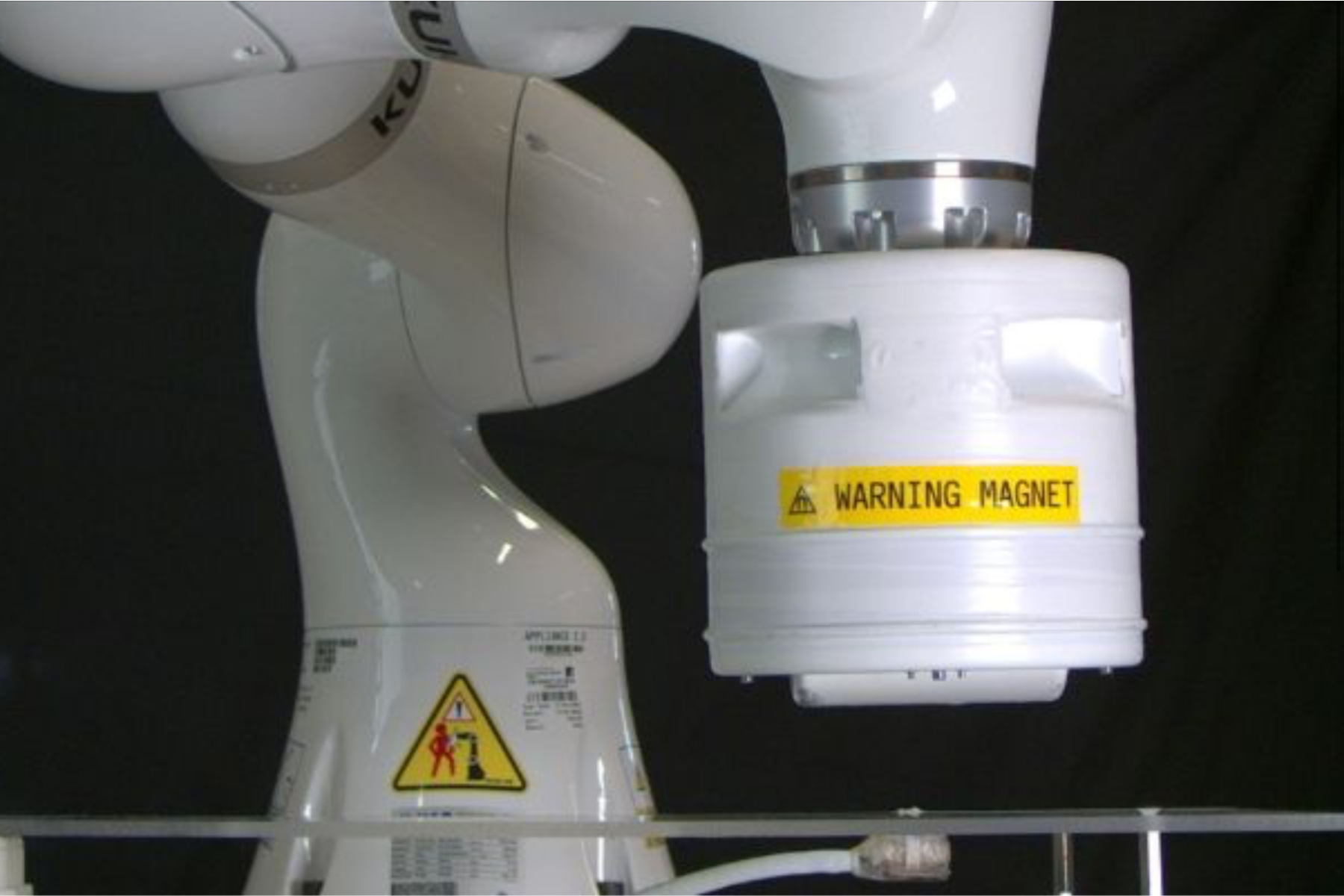In the field of medical science, non-invasive monitoring is often considered the most promising — and challenging — avenue for healthcare. For example, Apple is exploring non-invasive blood glucose monitoring on the wrist, while Samsung has already implemented smartwatch-based blood pressure monitoring.
But when it comes to serious problems such as cancer, a visit to the clinic is required, entailing expensive scans and complex diagnosis processes. Take for example the diagnosis of gut cancer. To check for cancerous growth, endoscopy or colonoscopy is the preferred method, which involves pushing a pipe inside the body with a camera attached to it for taking scans.
The future of cancer biopsy?
What if the gut scanning could be done from within the body, using a non-invasive tool that is about the same size as a penny? That’s exactly what experts at the University of Leeds have achieved by creating a tiny magnetic robot equipped with a small ultrasound sensor that can one day eliminate the need for physical biopsy.

The robot’s movement within the body is controlled externally using a large permanent magnet kit through a joystick. Notably, the rolling and sweeping motions can be controlled autonomously, as well. During tests, it was able to capture high-resolution 3D scans required for cancer diagnosis and also spotted anomalies such as lesions in the gut wall.
Please enable Javascript to view this content
The team started by creating a unique shape called oloid, which offers more freedom with movement and can roll easily inside the gut cavity. The uniquely shaped casing was then fitted with a high-frequency sensor to capture high-resolution 3D images of the gut walls. The whole approach is deemed safer, cheaper, and more targeted for wider applications.
Just over two centimeters in diameter and made out of resin material using a 3D printer, the oloid magnetic endoscope (OME) has been tested on surfaces mimicking the human intestine, food pipe, and stomach. After tests in artificial gut, the team also confirmed its efficacy in pig intestine, a necessary step before human trials are expected to begin in 2026.

Pietro Valdastri, Professor and Chair in Robotics and Autonomous Systems at the institute, says OME enables diagnosis of colorectal cancer and offers immediate scanning results. The latter part is crucial.
Solving crucial cancer care problems
Current biopsy methods involve collecting tissue samples and sending them to labs, which could take anywhere from days to a few weeks before the results arrive. The team says they have essentially eliminated the wait interval between diagnosis and intervention.
“This is the first time it has been possible to generate high-resolution three-dimensional ultrasound images taken from a probe deep inside the gastrointestinal tract, or gut,” says the engineering team behind the OME, adding that such a milestone has never been achieved before.
For their robotic device, the team relied on a 28 MHz micro-ultrasound array for creating detailed 3D scans of the gut walls. Medical experts can use the collected data to create cross-sectional images similar to those achieved by a regular endoscopic evaluation through tissue analysis under a microscope.

The high-frequency ultrasound capture is the key here, because it allows experts to see gut wall details at microscopic levels. With OME, researchers have created a tool that opens the doors for deep scanning within the human gastrointestinal tract.
“This not only makes the process more comfortable for patients but also reduces waiting times, minimises repeat procedures, and alleviates the anxiety of waiting for potential cancer results,” says Nikita Greenidge, lead author of the research published in the Science Robotics journal.
The experts are confident that OME can open the doors for significant progress in the detection of cancer and the subsequent treatment processes.











